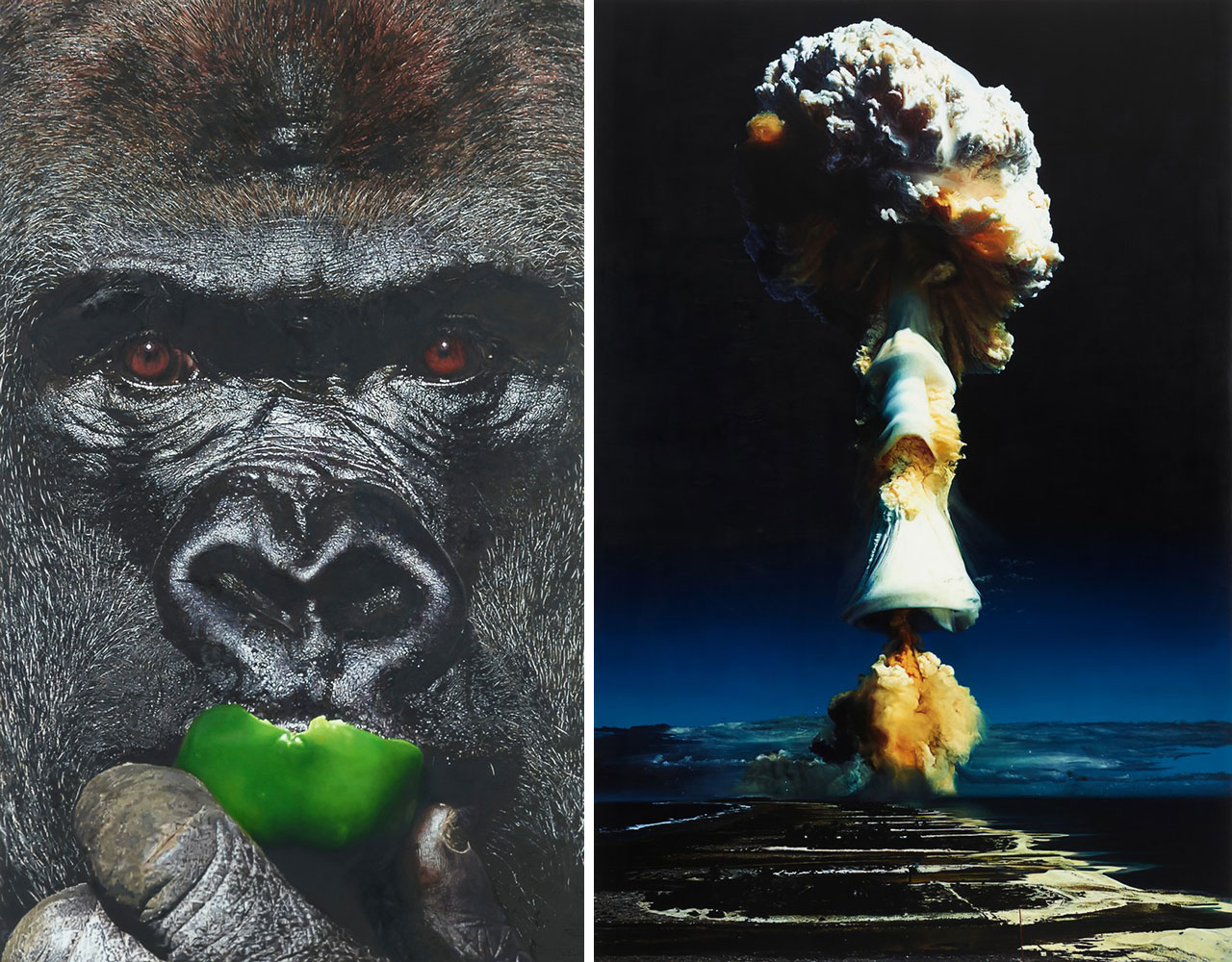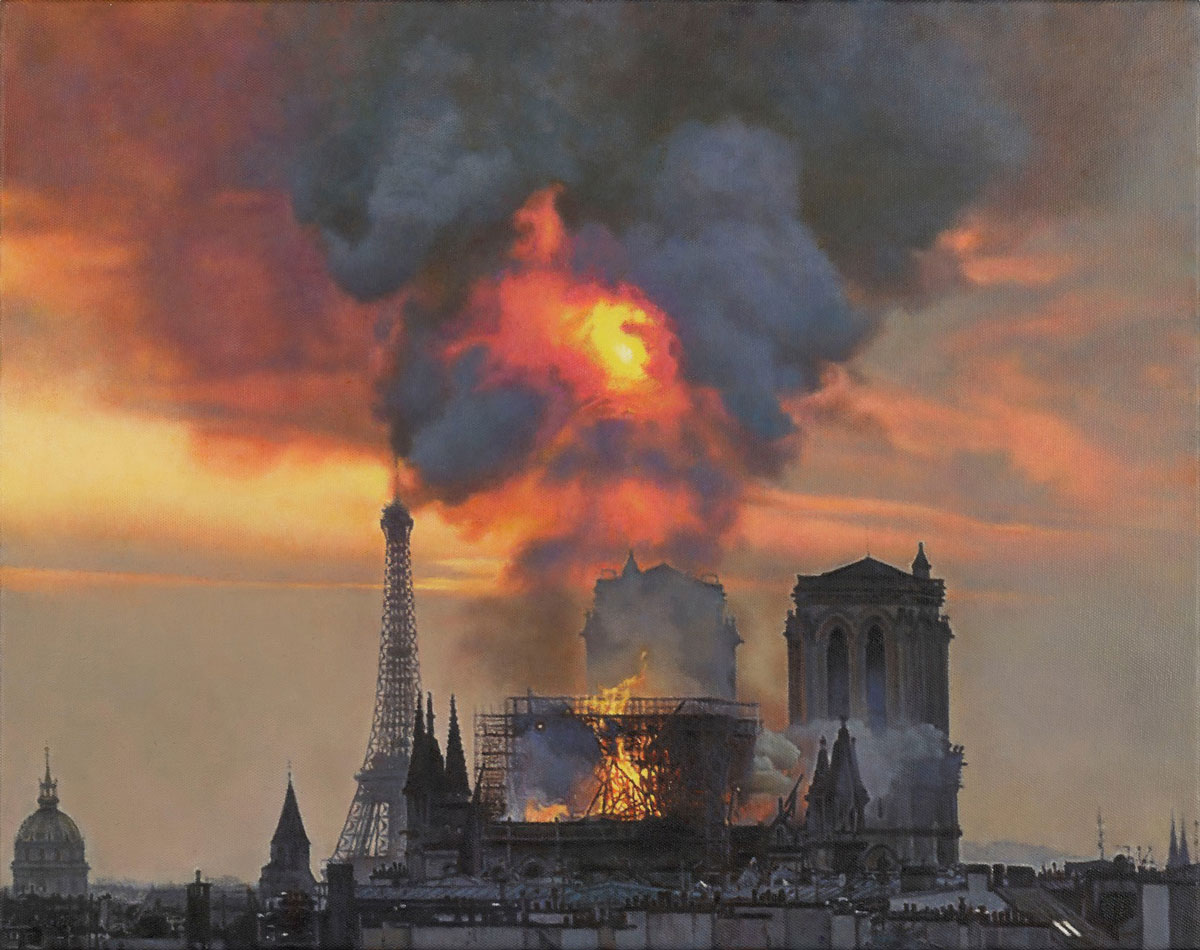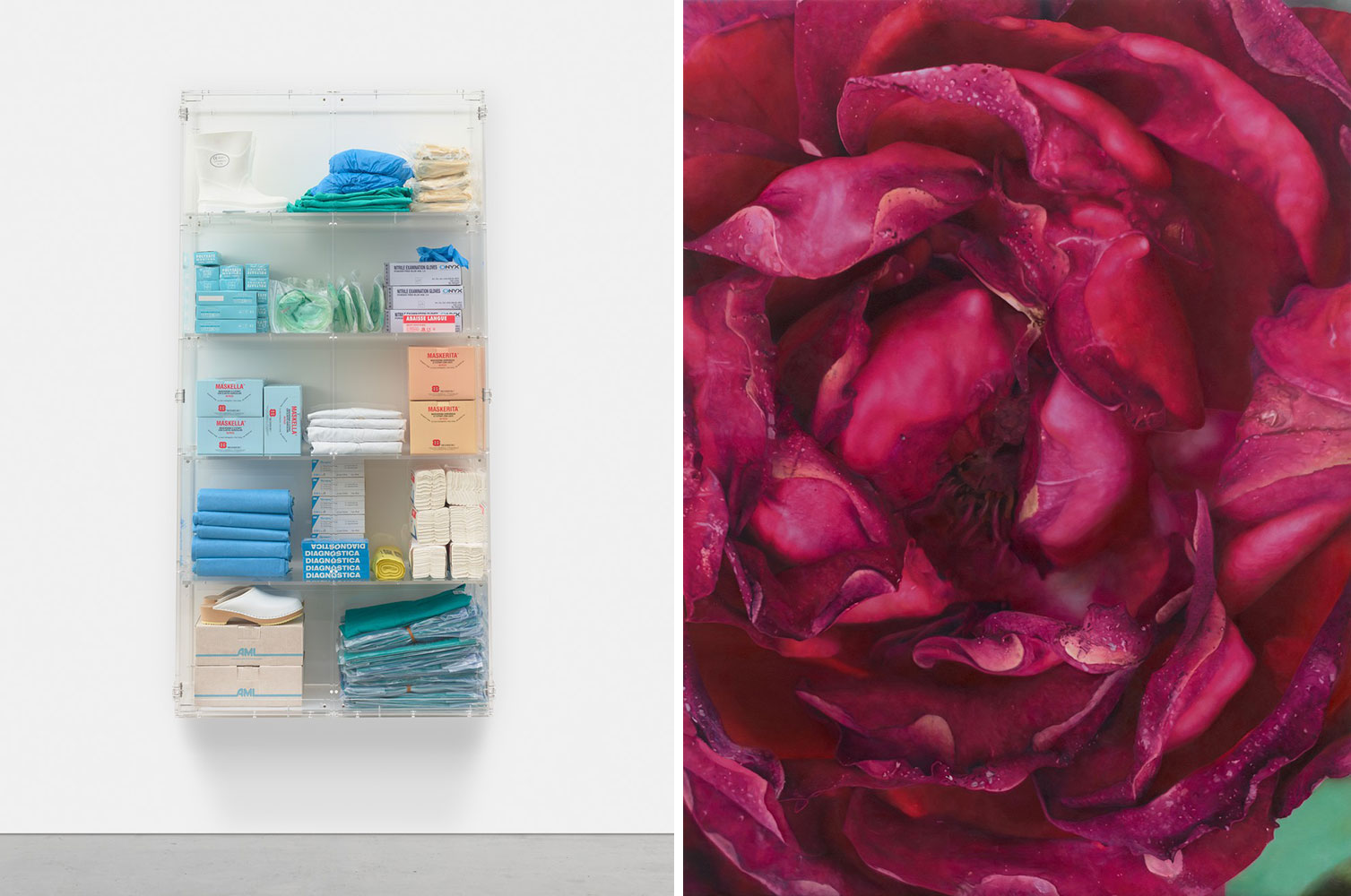ART CITIES:London-Damien Hirst
 Damien Hirst’s wide-ranging practice includes installation, sculpture, painting and drawing. Consistently challenging the boundaries between art, science and religion, his visceral, visually arresting work has made him a leading artist of his generation. Hirst explores the tensions and uncertainties at the core of human experience. Love, desire, belief and the struggle of living with the knowledge of death are all investigated, often in unconventional and unexpected ways.
Damien Hirst’s wide-ranging practice includes installation, sculpture, painting and drawing. Consistently challenging the boundaries between art, science and religion, his visceral, visually arresting work has made him a leading artist of his generation. Hirst explores the tensions and uncertainties at the core of human experience. Love, desire, belief and the struggle of living with the knowledge of death are all investigated, often in unconventional and unexpected ways.
By Dimitris Lempesis
Photo: Gagosian Archive
Damien Hirst in his solo exhibition “Fact Paintings and Fact Sculptures” shows rarely seen works created between 1993 and 2021. This exhibition sees Hirst as both artist and curator, presenting this deeply personal series of work through his own eyes. Mimicking color photographs, the “Fact Paintings” are rendered in oil on canvas, sometimes with meticulous fidelity, at others reveling in the physicality of mark making. Their verisimilitude recalls the historical role of painting as a tool to represent the visible world and lead the viewer to believe that a two-dimensional image is, in fact, the three-dimensional object it portrays. With the birth of photography in the nineteenth century, painting’s relationship with reality continued to evolve. Hirst’s Fact Paintings explore this back and forth between the brush and the camera as the agents of “truth”. The first exhibition of the Fact series, “The Elusive Truth”, was presented at Gagosian New York in 2005 and focused on paintings derived from newspaper photographs. Other subjects include Hirst’s signature motifs of butterflies and diamonds, depictions of his own previous works, and portraits of his friends and family. In many ways, the series can be seen as the artist’s self-portrait, highlighting significant moments of Hirst’s life and career: “Michael with Diamond Skull” (2008), for example, portrays Michael Craig-Martin (his former tutor at Goldsmiths) posing with the famed sculpture “For the Love of God” (2007); in “Self-Portrait as Surgeon” (2007) the artist, dressed in blue scrubs, stands next to a hospital bed; while “Cleaning New Baby (Cyrus)” (2007) depicts his own newborn son. In the “Fact Sculptures”, presented alongside the related paintings, Hirst moves beyond the readymade, instead constructing detailed replicas of real objects. In “Love Dies Fast” (2020) and “Station” (2014), physical elements of workshops and storage spaces appear, while in “Snob” (2006–20) and “Public School Tosser” (2006–20) he makes reference to his own iconic jewelry cabinets, juxtaposed here with garbage bags and cans. Other sculptures attest to Hirst’s preoccupation with the order of things, their preservation and display: in “Persil” (2015) and “Coke/Diet Coke Vending Machine” (2007), a stacked pallet and a vending machine underscore the significance of consumer goods and product packaging, the high with the low. Some of the sculptures on view are charged with relevance to our lived experience in the COVID-19 era. “Remedies Against the Great Infection” (2020) offers hand sanitizer and personal protective equipment, while sculptures such as “Don’t Stop Me Now” (2006) and “Warsaw” (2008), replete with medical supplies, take on new meaning within the context of the enduring pandemic. By incorporating these by-now-ubiquitous commodities into sculptures, Hirst speaks to the new landscape of material culture that has become a dark fact of contemporary life.
Damien Hirst is the most prominent of the Young British Artists (YBA) that emerged in the 1990s. This group first gained notoriety when British advertising magnate and collector Charles Saatchi began buying and showing their work in his galleries. Like many of the YBAs, Hirst confronts big themes head on, including life, death, science, and religion. His mixed-media sculptures are created from a frequently controversial assortment of formaldehyde-suspended carcasses, cigarette butts, pharmaceutical packaging, and surgical instruments, often encased in glass vitrines. The earliest Hirst works to attract critical attention were his so-called “spot paintings,” an example of which is “Chlorpropamide (pfs)” (1996). The paintings are composed of hundreds of identically sized colored spots aligned into grids and named after controlled substances. In the Warholian tradition of repetitive, serial images, these unashamedly formulaic paintings use simple, cheerful means to suggest anxious questions, such as: Is art a drug? Do drugs heal or harm? Following the spot paintings, Hirst pushed further into this thematic territory by creating a series of medicine cabinets filled with drug bottles and pharmaceutical packaging, both old and new, symbolizing art’s reputed healing power. Hirst has continued to meditate on the rituals of nature and death in often monumental, headline-grabbing scale. His most famous series, Natural History, features formaldehyde-preserved animals in large tanks, such as “Away from the Flock” (1994), in which a sheep is suspended in fluid. The subject vacillates between its nascent, wooly state and its current lifeless, pickled state, referencing the sacrificial lamb as a representation of Christ. Hirst looks for an aesthetic beauty in death, often with the realization that beauty itself may depend on cycles of life and the passing away of matter. Such haunting beauty is found in “The Kingdom of the Father” (2007), a colossal triptych made of thousands of butterflies mired in house paint. The deaths of the butterflies add a sobering note to the astonishing grandeur of the paintings, made to mimic the stained glass of a church apse. By turning raw, physical matter into an object of seemingly metaphysical import, Hirst upends our assumptions about how images represent reality and communicate culturally. Damien Hirst in the context of 57th Biennale di Venezia, presented the monumental project that been working on for almost 10 years “Treasures from the wreck of the Unbelievable” across 5,000 square meters of museum space uniting Palazzo Grassi and Punta Della Dogana.
Photo: Damien Hirst, Papillio palinurus in Achillea millefolium, 2009, Oil on canvas, 36 × 54 inches / 91.4 × 137.2 cm, © Damien Hirst and Science Ltd. All rights reserved, DACS 2021. Photo: Prudence Cuming Associates. Courtesy of Gagosian
Info: Curator: Damien Hirst, Gagosian Gallery, 6–24 Britannia Street, London, Duration: 12/4/2021- , Days & Hours: Tue-Sat 10;00-18:00 (by appointment, book here), https://gagosian.com



Right: Damien Hirst, French Nuclear Test, Licorne, 2010 Oil on canvas, 144 × 96 inches / 365.8 × 243.8 cm, © Damien Hirst and Science Ltd. All rights reserved, DACS 2021. Photo: Prudence Cuming Associates. Courtesy of Gagosian


Right: Damien Hirst, Dark Pink Rose, 2019 Oil on canvas, 51 × 38 inches / 129.4 × 96.5 cm, © Damien Hirst and Science Ltd. All rights reserved, DACS 2021. Photo: Prudence Cuming Associates. Courtesy of Gagosian
